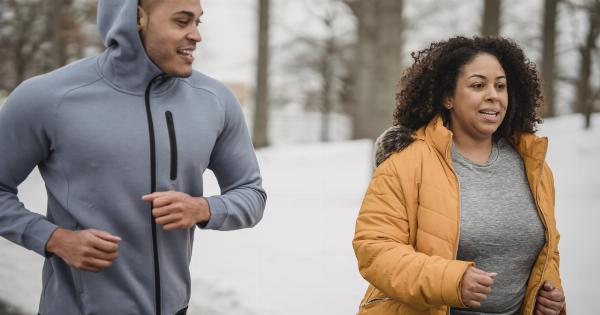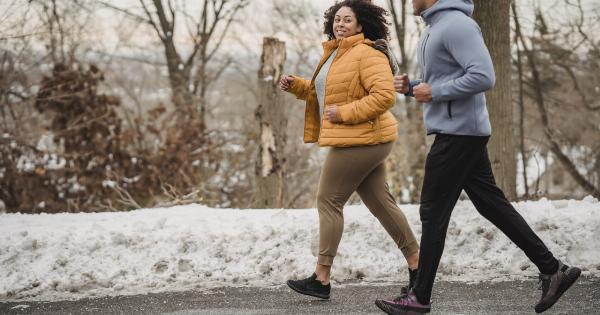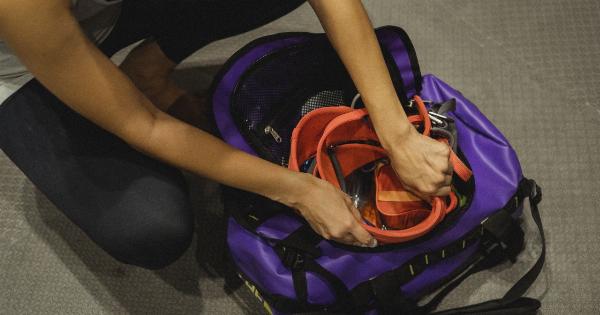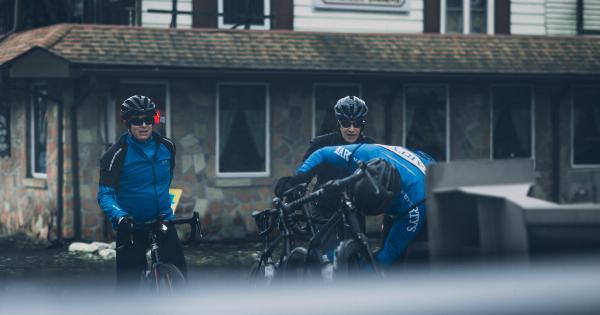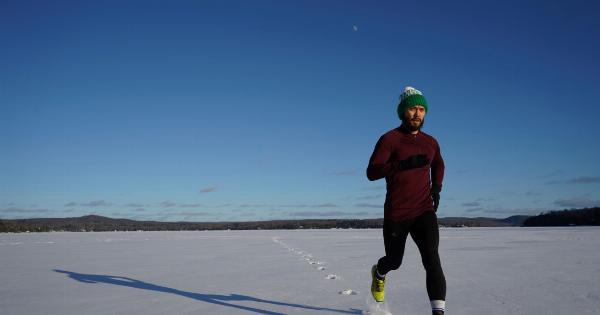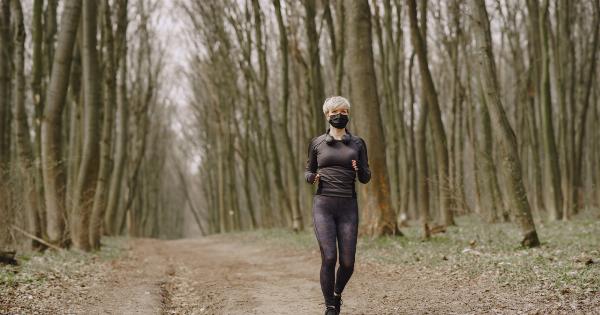Winter can be a challenging time to stay active, but that doesn’t mean we should abandon our fitness routines. Engaging in exercise during the colder months can help boost our immune system, improve our mood, and maintain a healthy weight.
However, it’s crucial to take extra precautions to protect ourselves from the harsh weather conditions. Whether you prefer outdoor sports or indoor workouts, these tips will help keep you safe and comfortable while staying fit during winter.
1. Bundle Up Properly
The key to enjoying winter exercise is dressing appropriately. Layer your clothing to trap heat and insulate your body. Start with a moisture-wicking base layer to keep sweat away from your skin.
Add a middle layer for insulation and a waterproof and windproof outer layer to shield you from the elements. Don’t forget to wear a hat, gloves, and warm socks to protect your extremities.
2. Warm Up Thoroughly
Before you start any physical activity, it’s essential to warm up your muscles to prevent injuries. Engage in dynamic stretches or a light cardiovascular exercise like jogging in place.
Aim for at least 5-10 minutes of warm-up to increase blood flow and prepare your body for more intense movements.
3. Stay Hydrated
Even though it may not be as noticeable as during summer workouts, staying hydrated is still vital during winter exercise. Cold air tends to be drier and can dehydrate you faster than you might think.
Remember to drink water before, during, and after your workout to maintain proper hydration levels.
4. Protect Your Skin
Winter weather can be harsh on your skin, so it’s crucial to protect it when exercising outdoors. Apply sunscreen with an SPF of 30 or higher, even on cloudy days, to shield yourself from harmful UV rays.
Don’t forget to use a lip balm with SPF to prevent chapped lips.
5. Be Mindful of Frostbite
Frostbite is a serious concern during winter exercise, especially in extreme cold conditions. The nose, ears, fingers, and toes are particularly susceptible to frostbite.
If you experience numbness, tingling, or a stinging sensation in any of these areas, seek shelter immediately and warm up slowly. Avoid tight-fitting shoes or gloves that may restrict blood flow.
6. Opt for Reflective Gear
With shorter daylight hours, it’s essential to make yourself visible to others, especially if you exercise outdoors during dawn or dusk. Wear reflective clothing or accessories, or attach reflective strips to your outfit.
This will help motorists and pedestrians see you more easily, reducing the risk of accidents.
7. Check the Weather Forecast
Before heading out for your winter workout, always check the weather forecast. Pay attention to temperature, wind chill, and precipitation. Avoid exercising outdoors in extreme weather conditions, such as severe cold, heavy snowfall, or icy conditions.
Safety should always be your top priority.
8. Don’t Forget to Cool Down
Just like warming up, cooling down after your winter exercise session is crucial. Gradually decrease your heart rate and stretch your muscles to prevent tightness and soreness.
Cooling down may also help to alleviate any post-workout dizziness or light-headedness.
9. Listen to Your Body
During winter exercise, it’s especially important to listen to your body’s cues. Pay attention to any signs of discomfort, fatigue, or pain. If something doesn’t feel right, modify your workout or take a break.
Pushing too hard in extreme weather conditions can lead to injuries or other health complications.
10. Consider Indoor Alternatives
On days when the weather is simply too harsh to exercise outside, consider indoor alternatives. Join a gym, fitness studio, or community center that offers indoor workouts.
Engage in activities like indoor swimming, yoga, Pilates, or group exercise classes. These options provide a controlled environment where you can maintain your fitness routine without battling the elements.

